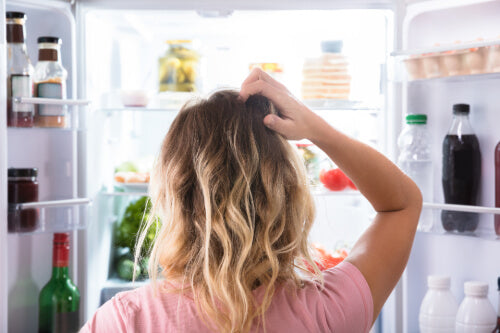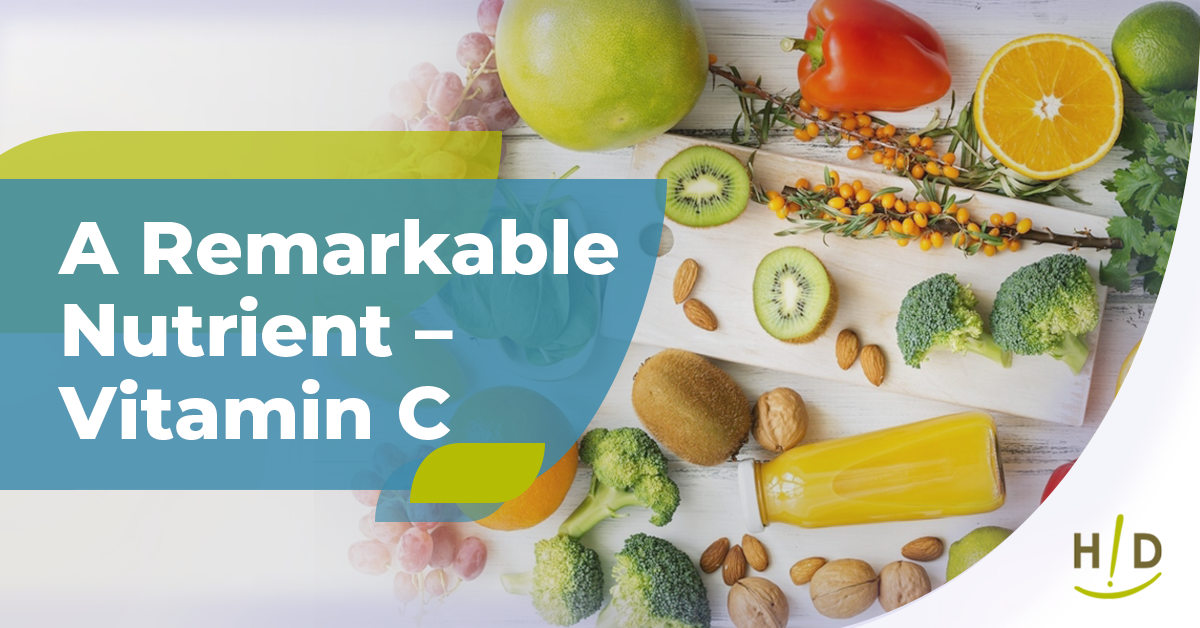Staying true to a raw food diet can be difficult, especially if you try to only go to the store once a week or even once every two weeks. Fresh produce can be known for going bad faster than expected, and even knowing a general amount of time they should last won't guarantee that they stay fresh until you're ready to use them in your recipes. This can also hurt when it comes to saving money and throwing out unused produce each week. Luckily, there are ways to preserve raw fruits and veggies and make them last longer.
How to Preserve Raw Fruits and Veggies
It may seem difficult, but there are very simple ways when it comes to how to preserve raw fruits and vegetables.- Keep certain foods stored away from others. That sounds a bit strange, but it's true. As some fresh produce ripens, it releases a gas that others are more sensitive too, and your ripening fruit could prematurely ripen others they're near. You'll want to keep avocados, bananas, cantaloupe, kiwi, mango, nectarines, tomatoes, pears, and even plums in a separate place than your apples, broccoli, carrots, watermelon, and any leafy greens like spinach or kale or lettuce.
- Potatoes, onions, and tomatoes shouldn't go in the refrigerator. It can ruin the flavor, so you'll want to keep them in a cool dry place like the pantry.
- Certain fruits should be stored on the counter until they ripen up and then moved into the fridge. For example, kiwi, pears, avocados, mango, melons, and peaches should all be stored on the counter until they are ripened.
- Citrus fruits can be extended by storing them in a perforated bag in the fridge.
- Wrap celery in aluminum foil before putting it in the refrigerator.
- Place broccoli and lettuce in separate baggies in your refrigerator to keep them from spoiling.
- Don't wash your fresh berries until you're ready to eat them. Having any moisture stored with them will encourage mold to grow faster.
- Store freshly washed fruits and vegetables in covered glass containers that are lined with paper towels. This will help remove any moisture that may be remaining and keep them fresh for a few days.
- Plan ahead and only buy what you need. This is big, if you are just randomly buying fruits and vegetables with no plan to use them, you'll waste more money than if you actively plan what to purchase.
- Certain fruits can be frozen, which can then be used in smoothies at a later point, so if you feel you cannot eat them all fresh, go ahead and freeze them for later.








